Why Use Induction Heating
Views Send Enquiry
Induction Heating is a GREEN process as it does not emit fumes or CO2 into the environment, emissions are controlled by the electricity generating company at one site and are easy to monitor.
The result of only a small proportion of the material being heated, commonly less than 5% of the mass being heated to accomplish the required properties, then there is less energy consumed, overall, to heat treat the component when compared with conventional furnace heat treatment methods.
Again due to the small areas heated there is a considerably reduced heat treatment distortion so much so that the majority of the components we heat treat are ready for assembly after heat treatment.
Grinding costs can constitute 25 – 30% of the total cost of a component. Modern CNC lathes can turn components more accurately to size than they can be ground and with a better surface finish. Save money by specifying induction hardening.
Some components require some areas to remain soft after heat treatment. This can only be achieved in a furnace by 'stopping off' the component. The 'stopping off ' technique alone is usually more expensive than the cost of the induction hardening process and the induction process only hardens the portions required to be hard.
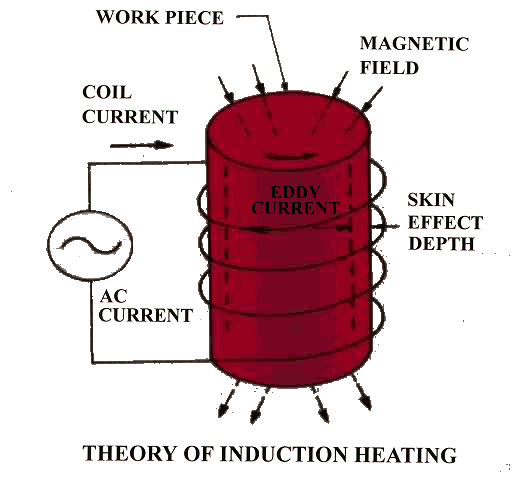
Hot
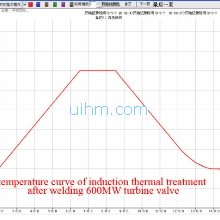
temperature curve of induction thermal treatment after welding 600MW turbine valve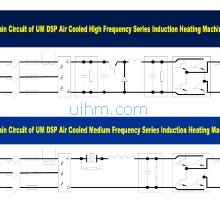
Main Circuit of UM DSP air cooled induction heaters
what is skin effect principle (magnetic force around induction coil)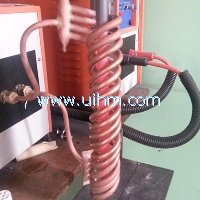
How to design an optimal induction coil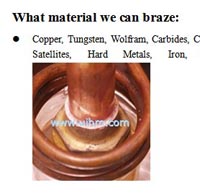
Applications of induction heating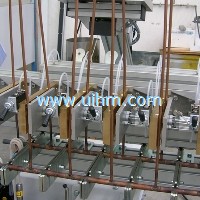
History of induction heating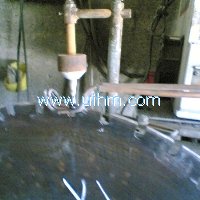
what is induction welding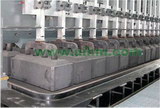
whate is induction tempering or induction preheating

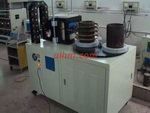

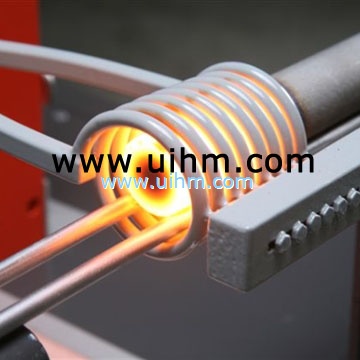
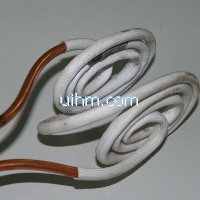
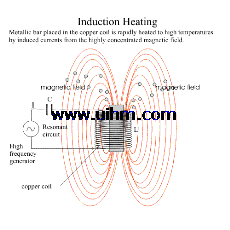
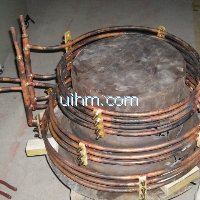
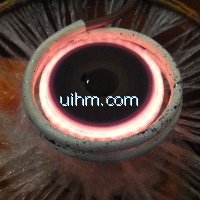
Newest Comment
No Comment
Post Comment